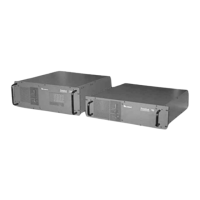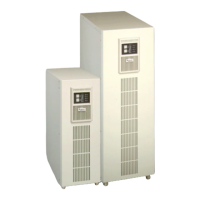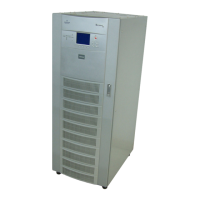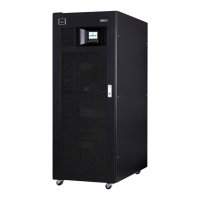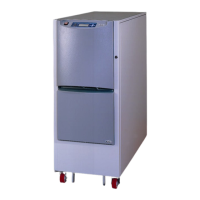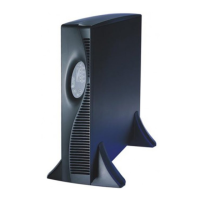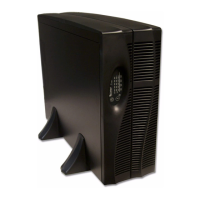Do you have a question about the Liebert Vertiv GXT5 and is the answer not in the manual?
| Output Voltage | 230V |
|---|---|
| Topology | Double Conversion Online |
| Frequency | 50/60 Hz |
| Operating Temperature | 0°C to 40°C |
| Dimensions | Varies by model |
| Weight | Varies by model |
| Form Factor | Rack/Tower |
| Battery Type | Valve Regulated Lead Acid (VRLA) |
| Communication Ports | USB, RS-232 |
| Efficiency | Up to 95% |
| Typical Recharge Time | 3 hours to 90% |
| Storage Temperature | -15°C to 40°C |
| Humidity | 0% to 95% non-condensing |
Lists the key features and models available for the GXT5 UPS line.
Details the components and layout of the front panel for GXT5 UPS units.
Illustrates and describes the rear panel connectors and features across GXT5 models.
Explains the purpose and types of power distribution boxes used with GXT5 UPS.
Shows the internal battery packs and their location within the UPS unit.
Describes the optional external battery cabinets for extended backup power.
Explains the core internal components and the basic operating principle of the GXT5 UPS.
Details the different operational states and modes the GXT5 UPS can operate in.
Guides on receiving, unpacking, and inspecting the UPS for shipping damage.
Covers site requirements and environmental checks before UPS installation.
Instructions for physically installing the UPS in tower or rack configurations.
Procedures for connecting external battery cabinets to the UPS.
Details the installation process for the removable power distribution box.
Explains how to make electrical connections using hardwiring methods.
Outlines methods for establishing communication for monitoring and control.
Covers the setup and configuration for operating multiple UPS units in parallel.
How to silence audible alarms on the UPS unit.
Step-by-step guide for powering on the UPS unit correctly.
Explains how the UPS automatically switches to battery power during utility failure.
Procedures for manually switching the UPS output to bypass mode.
Procedures for returning the UPS output from bypass mode to normal operation.
Instructions for safely powering down the entire UPS system.
Details the functionality and connection of the Remote Emergency Power-off feature.
Explains the status indicated by the UPS's LED indicators.
Provides an overview of the UPS's LCD interface, menus, and screen navigation.
Covers how to adjust display settings and modify UPS configuration parameters.
Step-by-step guide for safely replacing internal UPS batteries.
Information on how the UPS charges batteries and recommendations for long-term storage.
Procedures for periodically checking the UPS for proper operation.
Guidelines for cleaning the exterior of the UPS unit.
Procedures for removing and installing the power-distribution box.
Explains how to update the UPS firmware via different connection methods.
Lists common symptoms indicating potential UPS malfunctions.
Explains the different audible alarm sounds and their meanings.
Provides a guide to identify causes and solutions for UPS problems.
Provides tables showing estimated battery run times based on load and external battery cabinets.
